Principality of Liechtenstein
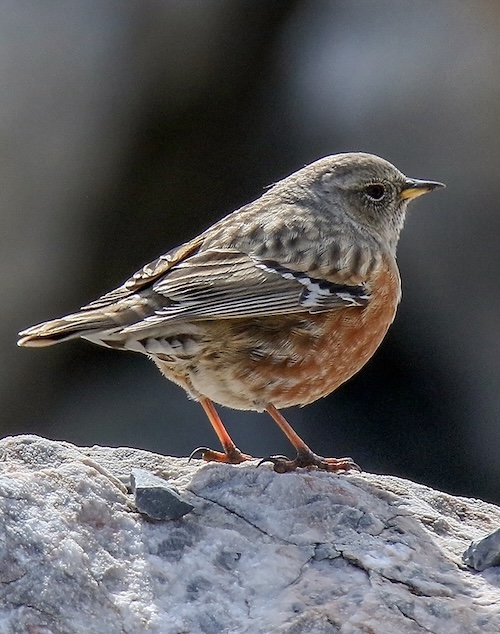
Liechtenstein is a doubly landlocked German-speaking microstate in the Central European Alps, between Austria in the east and north and Switzerland in the west and south. Liechtenstein is a semi-constitutional monarchy headed by the prince of Liechtenstein of the House of Liechtenstein, currently led by Hans-Adam II. It is Europe’s fourth-smallest country, with an area of just over 160 square kilometres (62 square miles) and a population of c.40,000. It is the world’s smallest country to border two countries, and is one of the few countries with no debt.
Liechtenstein is divided into 11 municipalities. Its capital is Vaduz, and its largest municipality is Schaan. It is a member of the United Nations, the European Free Trade Association, and the Council of Europe. It is not a member state of the European Union, but it participates in both the Schengen Area and the European Economic Area. It has a customs union and a monetary union with Switzerland, with its usage of the Swiss franc. Politically, a constitutional referendum in 2003 granted the monarch greater powers, after he threatened to leave the country should the referendum fail. These powers include being able to dismiss the government, nominate judges and veto legislation.
Economically, Liechtenstein has one of the highest gross domestic products per person in the world when adjusted for purchasing power parity. The country has a strong financial sector centred in Vaduz. It was once known as a billionaire tax haven, but the principality has since made significant efforts to shed this reputation. An Alpine country, Liechtenstein is mountainous, making it a winter sport destination.
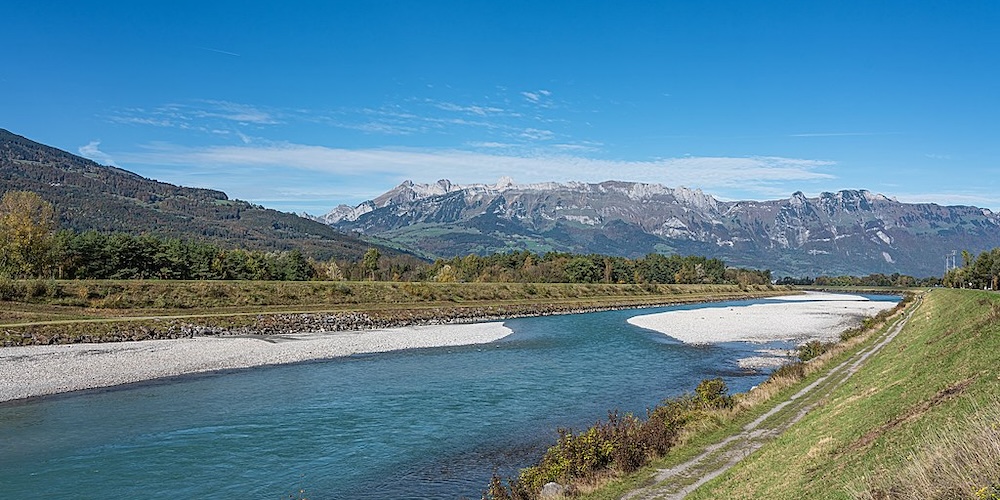
The Rhine at Vaduz – ©A Savin FAL Public Domain via Wikimedia Commons
Liechtenstein is situated in the Upper Rhine valley of the European Alps and is bordered to the east by the Austrian state of Vorarlberg, to the south by the canton of Grisons (Switzerland) and to the west by the canton of St. Gallen (Switzerland). The Rhine forms the entire western border of Liechtenstein. Measured south to north the country is about 24 km (15 miles) long. An inland canal connects to the Rhine.
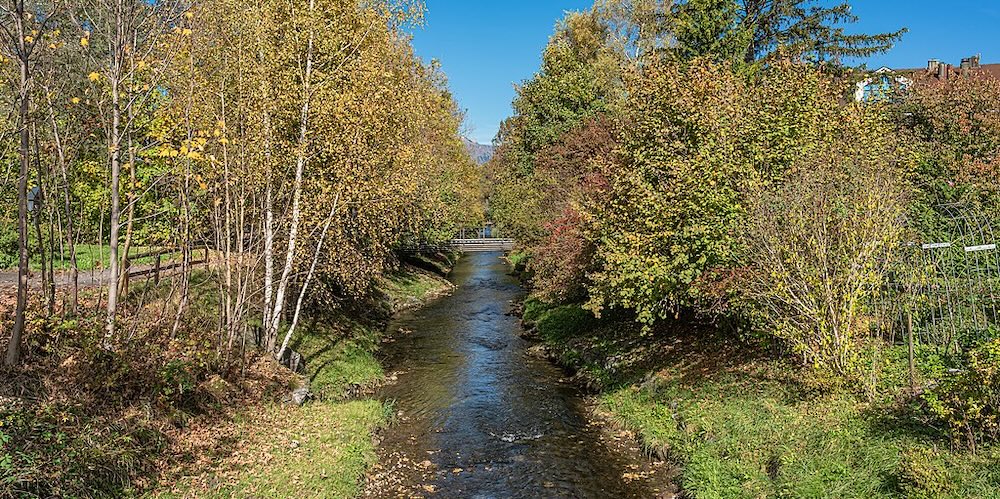
Canal at Vaduz – ©Alexander Savin via Wikimedia Commons
Liechtenstein’s highest point, Grauspitz, is 8,527 feet. Despite its Alpine location, prevailing southerly winds make the climate comparatively mild. In winter, the mountain slopes are well suited to winter sports. Its climate is continental, with cloudy and cold winters, with frequent rain and snowfall. Summers are cool to slightly warm, cloudy, and humid. The principality has orchards with leafy meadows and a long tradition of viticulture. Liechtenstein’s small land area hardly plays a role in climatic differences, but the vertical division into different altitudes is of great importance, so that significant climatic differences arise.
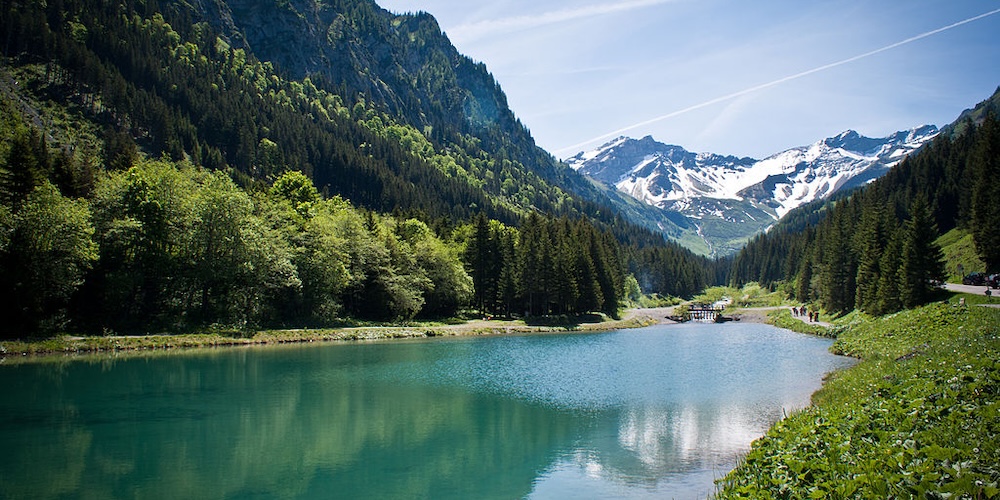
Steg Reservoir – ©Clemens v Vogelsang CC BY 2.0 via Wikimedia Commons
In winter the temperature rarely drops below −15 °C, while in summer the average temperatures range between 20 and 28 °C. Annual precipitation measurements amount to an average of about 35 to 47 inches. However, in the direct alpine region, precipitation is often up to 75 in. The average duration of sunshine is about 1600 hours per year.
Birding Liechtenstein
The Rhine is the longest and largest body of water in Liechtenstein. With a length of approximately 27 kilometres (17 miles) and is of great importance for Liechtenstein’s water supply. Furthermore, the Rhine is an important recreational area for the population. At 10 kilometres (6 mile), the Samina is the second-longest river in the Principality. This whitewater river begins at Triesenberg and flows into the Ill in Austria (near Feldkirch). The only naturally-formed lake is the Gampriner Seelein, which was only formed in 1927 by a flooding of the Rhine with enormous erosion. In addition, there are other artificially-created lakes, which are mainly used to generate electricity. One of them is the Steg Reservoir, the principality’s largest lake. About half of Liechtenstein’s territory is mountainous; in total, there are 32 mountains with an altitude of at least 6,600 feet. Moreover, 43% of the country is forest. Naturally, its main avian attractions are montane and sylvan species. Among montane species, mammals are represented by alpine ibex, chamois, and marmot and bird species include Golden Eagle, Wallcreeper, Ring Ouzel, Alpine Chough, Alpine Accentor, etc. Its woodlands hold typical European sylvan species including Boreal Owl, up to nine woodpecker species, Nutcracker, Crested Tit, Collared Flycatcher and Crossbill.
The conservation and promotion of forest biodiversity rest on the three pillars of near-natural silviculture, forest reserves and special forest areas, as well as on small habitats worthy of protection. The use of pesticides and fertilizer is prohibited in the forest.
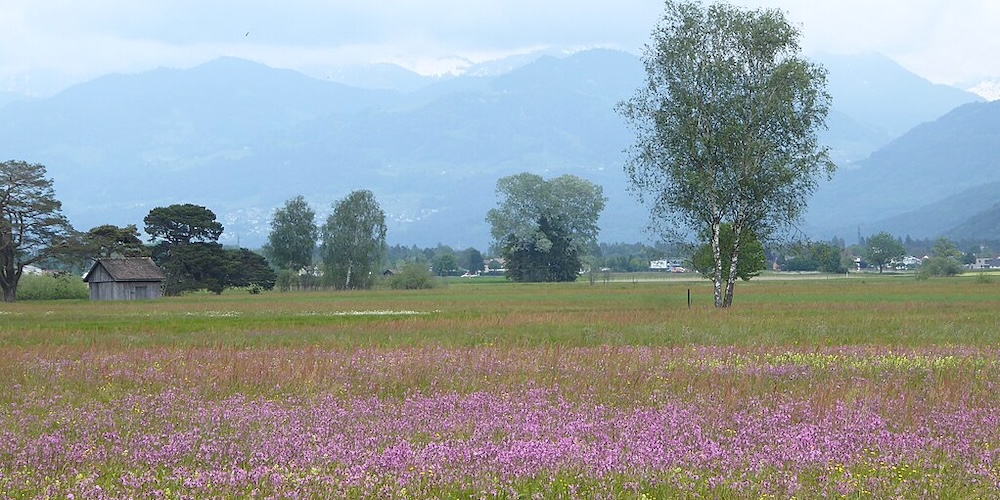
Ruggeller Riet – ©Plutowiki, CC0, Public Domain via Wikimedia Commons
The largest nature protection area in Liechtenstein is the Ruggeller Riet, which holds international importance as a breeding ground for numerous bird species. However, it also designates nature protection areas and forest protection areas. These areas cover a significant portion of the country’s territory and serve as vital habitats for diverse species.
-
Number of bird species: 260
(As at April 2025)
-
Avibase
PDF ChecklistThis checklist includes all bird species found in Liechtenstein , based on the best information available at this time. It is based on a wide variety of sources that I collated over many years. I am pleased to offer these checklists as a service to birdwatchers. If you find any error, please do not hesitate to report them. -
E-Bird
PDF ChecklistThis checklist is generated with data from eBird (ebird.org), a global database of bird sightings from birders like you. If you enjoy this checklist, please consider contributing your sightings to eBird. It is 100% free to take part, and your observations will help support birders, researchers, and conservationists worldwide. -
Wikipedia
Annotated ListThere are 255 bird species recorded in Liechtenstein, 4 of which are globally threatened. This total includes four species introduced by humans.
-
Birds of Europe, North Africa, and the Middle East
| Photographic Guide | By Frédéric Jiguet & Aurélien Audevard | PUP | 2017 | Paperback | 447 pages, 2200 colour photos, colour distribution maps | ISBN: 9780691172439 Buy this book from NHBS.com -
Collins Bird Guide
| By Lars Svensson | Harper Collins | Edition 3 | 2023 | Paperback | 478 pages, 4000+ colour illustrations, 700 colour distribution maps | ISBN: 9780008547462 Buy this book from NHBS.com

Collins Bird Guide
AndroidThe Collins Bird Guide App provides everything you need to identify a species quickly and learn about it thoroughly.
Collins Bird Guide
Apple iOS |Collins Bird Guide 4+ A field guide to Europe NatureGuides Ltd. Designed for iPadUseful Information-
BirdLife
InformationOrnithology data
OrganisationsReserves-
NR Ruggeller Riet
WebpageSatellite ViewThe peat-rich Ruggeller Riet Nature Reserve covers an area of 90 hectares in the northernmost region of Liechtenstein. Its rich variety of local fauna and, in particular, flora makes it a fascinating region perfect for nature-lovers. Lowland moors, ponds, hedges, trees and litter meadows provide an ideal habitat for many endangered animals and plants. Even the stork has returned to the region. The spectacular blossom of the Siberian iris in late May and early June is an annual highlight and covers large areas of the nature reserve in a carpet of blue. -
NR Schwabbrünnen-Äscher wetlands
InformationSatellite ViewSchwabbrünnen-Äscher wetlands (Schaan, Planken, Eschen), which in 1962 - together with Gampriner Seelein - became the country's first official nature reserve.
Sightings, News & Forums-
eBird
SightingseBirding This Month
Trip Reports-
2025 [01 January] - Daniel Branch
ReportOverall birdlife was obviously limited, but I still managed my easiest target of the visit with Alpine Chough...
Other Links-
Birding Trails
InformationBack to Explore Hiking/ Liechtenstein/ Bird Watching Best bird watching trails in Liechtenstein
Fatbirder - linking birders worldwide...
Skip to content
